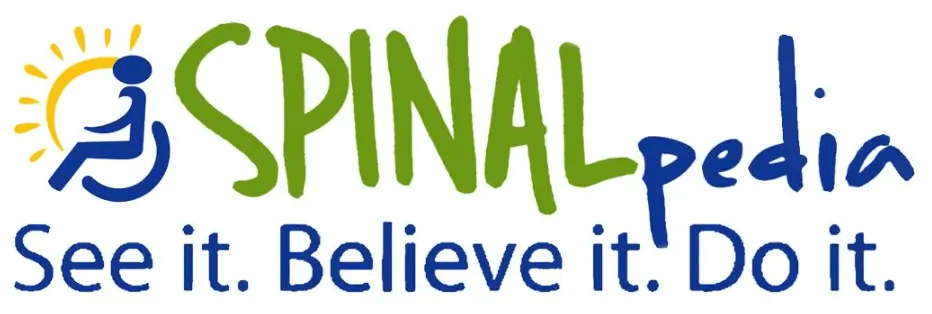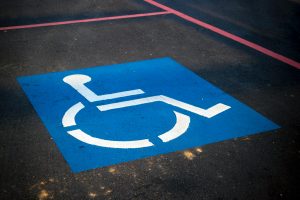Disabled people – oops, I mean, people with disabilities – wait a minute, is it supposed to be people with different abilities? Special needs? I saw a post on social media about the word handicapped. I saw a video where someone used humor and self-identified as crippled. Is that okay? People in wheelchairs – I mean, wheelchair-users – wheelchair-bound isn’t correct, right? Can someone look this up?
In the field of psychotherapy, we talk about identity as something that refers to how we see ourselves. The term identity is used when describing our individual sense of self, our self-expressions, and the degree to which feel a sense of belonging to groups. Developing one’s identity begins in adolescence and continues through adulthood as new experiences and relationships shape human behavior. Forming a solid identity is desirable for most people because it generates a strong sense of comfort and security. On the other hand, people with little identity insight tend to struggle with insecurity and confusion about who they are.
For this reason, it can be helpful to think about what makes up your identity. This involves determining what descriptive language you find yourself most comfortable using.
But nowadays, debates over what is politically correct are widespread, and can lead to interpersonal conflicts as people may fear using the wrong language when conversing with someone from a minority group. For example, the idea behind person-first language, such as the phrase “person with a disability,” is that it intentionally puts the person before the label to guard against stereotypes that negatively define people by their disability-labels. On the other hand, the idea behind identity-first language, such as the phrase “disabled person,” is that it intentionally recognizes the disability-label as a part of a person’s identity, something to be embraced rather than hidden out of fear of negative connotation.
These concepts are not isolated to the disabled minority group. We see the same language debates when defining other minorities as well. “People of color” vs. “Black or Brown people.” Which is correct in our efforts to acknowledge race? Acknowledgment is critical for meaningful dialogue and relationships because most people would agree that being “color-blind” or saying “I don’t see color” is highly offensive to this community. The lack of identity acknowledgment translates as the act of ignoring one’s racial difference, ignoring the oppression they face, and ignoring their entire culture.
Similarly, most people would agree that ignoring a person’s disability would also be hurtful to this community. Acknowledgment is important, but it seems there is constant debate in the disability community over language, arguably more so than any other minority group. This is because disability-related terminology is vast and perhaps the most widespread than any other minority group due to the wide spectrum of disabilities and the amount of diversity that exists from one disability to another, whether it be a mobility impairment, sensory condition, learning challenge, mental health disorder, medical disease, or any other number of ability differences.
So how do we approach disability identity and have meaningful conversations with people in the disability community without fearing political incorrectness?
1. Respect How Different People Identify
People with disabilities are going to identify differently and have different philosophies about what disability means. Disability is far too prevalent for a universal descriptive label to be accepted by all people. If you have a disability, you may identify in a way that would be unacceptable to another person even with the same type of disability. Regardless, having respect for how people identify is essential for meaningful dialogue among the community. The same is true for minorities of other types. We must acknowledge that people throughout the world may have start differences in identity-language preferences. Holding respect for others and for their identity preferences is a prerequisite for positive engagement with others who are unlike ourselves.
2. Ask Questions If You Don’t Know
If you are unsure how a person identifies as it relates to their disability, avoiding the subject and hoping someone else informs you probably won’t turn out well. Plus, getting the information from anyone other than the person with a disability directly will come across as cowardly. In general, most people will appreciate you asking questions about how they identify. Asking questions shows that you are interested in learning more about them and it demonstrates a level of respect. Remember their response may not align with your assumptions, so it may be an opportunity to expand your mindset and develop a closer relationship with that person.
3. Most Importantly, Understand There Is No Right or Wrong
If you have a disability and identify in perhaps the most mainstream way as “a person with a disability,” that is perfectly fine, but it does not discount the other unconventional ways that other people with disabilities identify. Whether you are a “disabled person” or a “kickass wheelchair queen,” you are the expert on your own life. You are the only person who can decide how you relate to your disability and how you relate to every other aspect of your identity. Maybe disability is a huge part of your life and you define yourself as a strong disability leader. Or maybe your disability is rarely mentioned because it’s an insignificant part of your identity. That’s okay, too. Whether you have a disability or not, remember there is no right or wrong way to identify. It has no impact on your worth or value as a person.
To learn more about Presutti Counseling, visit www.presutticounseling.com or follow Presutti Counseling on social media.


 Older Posts
Older Posts









